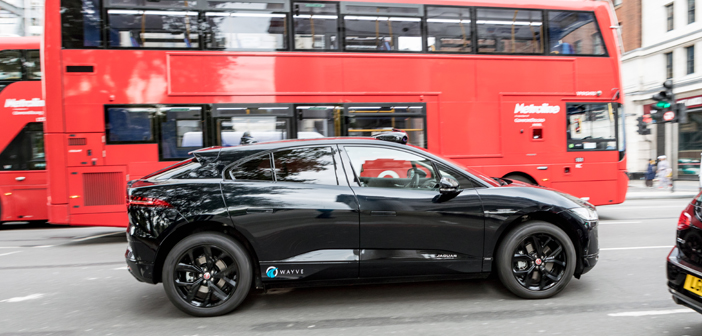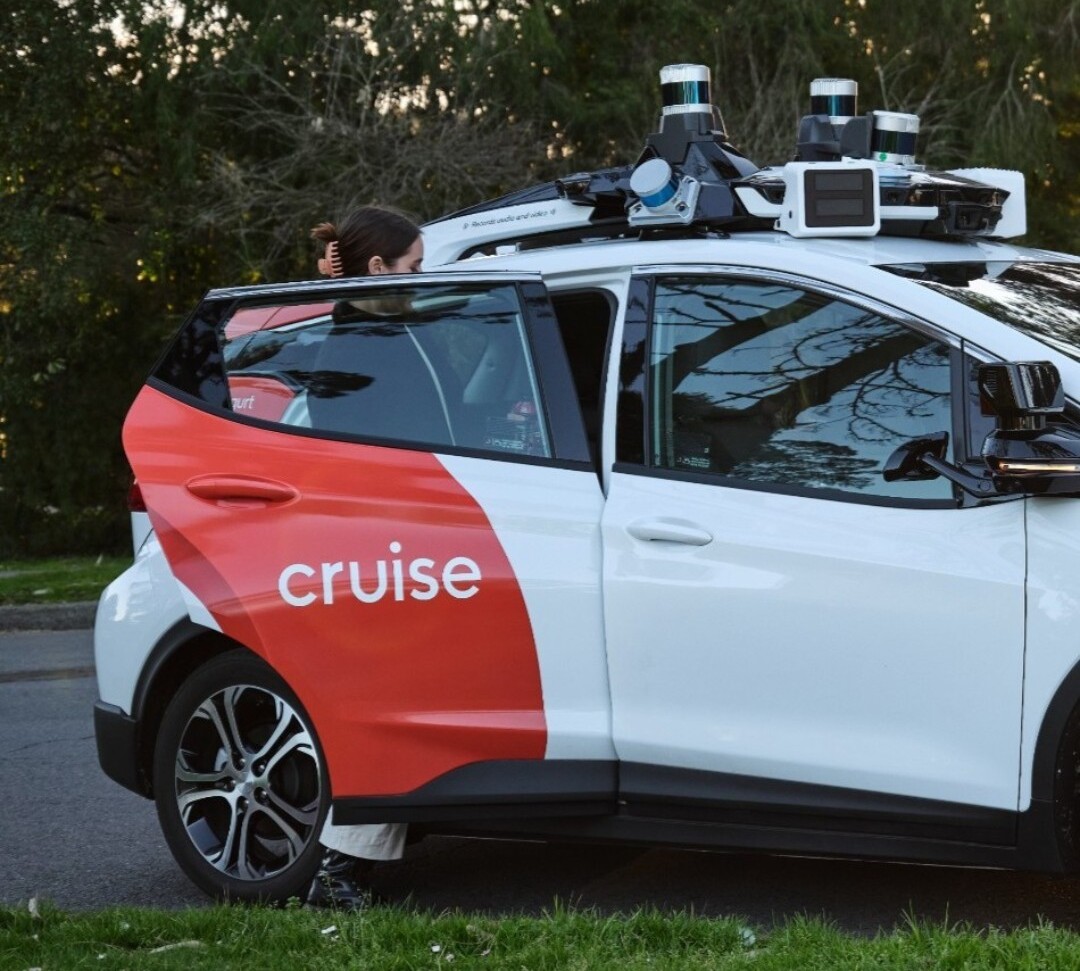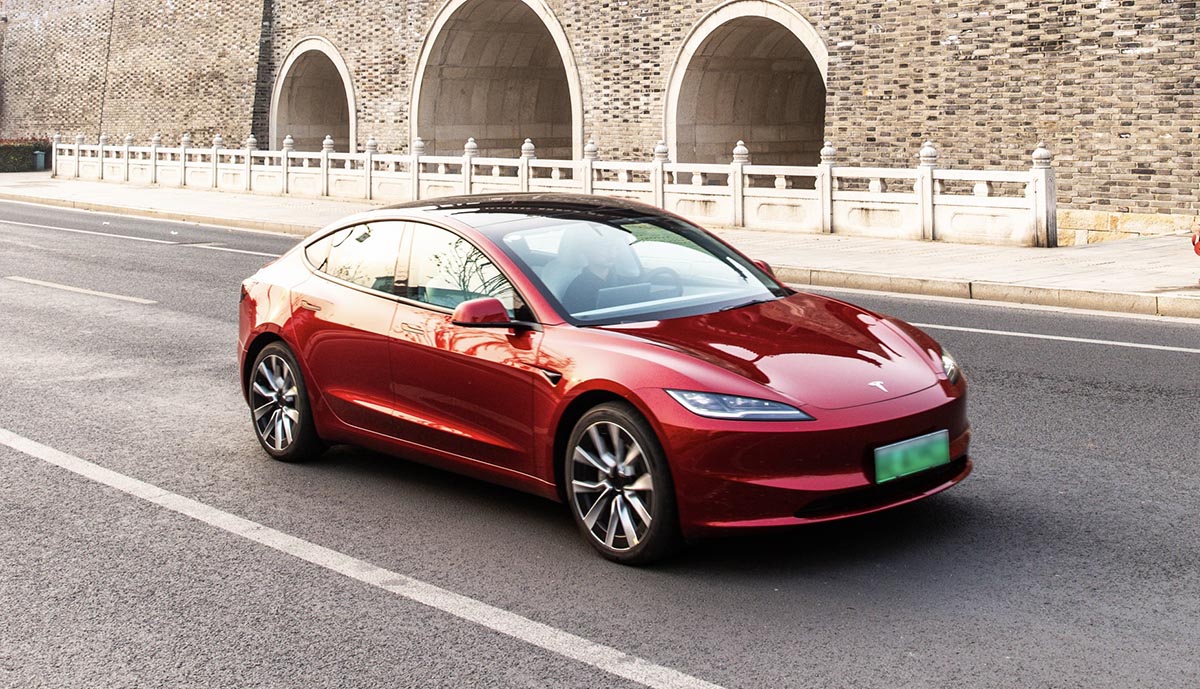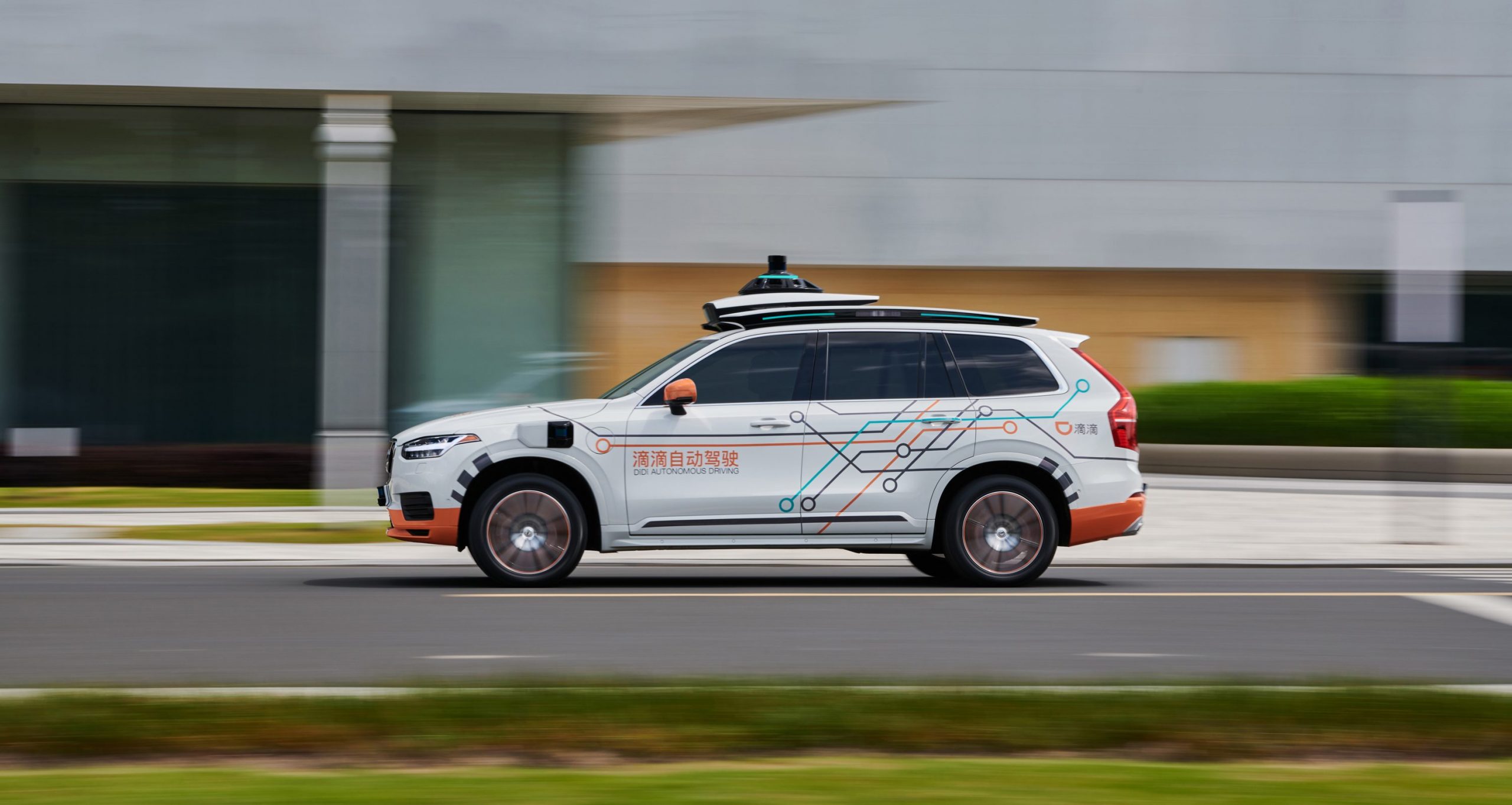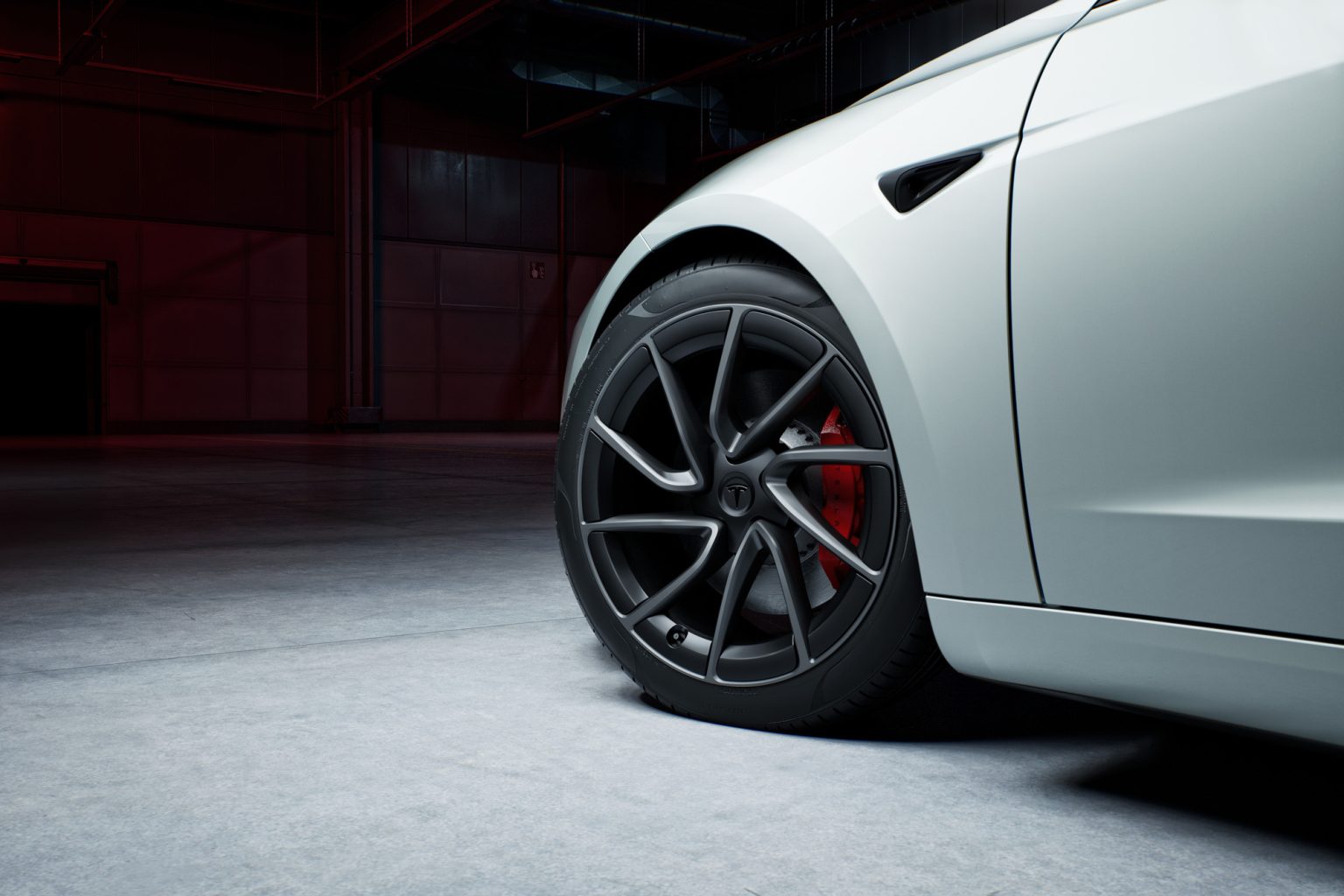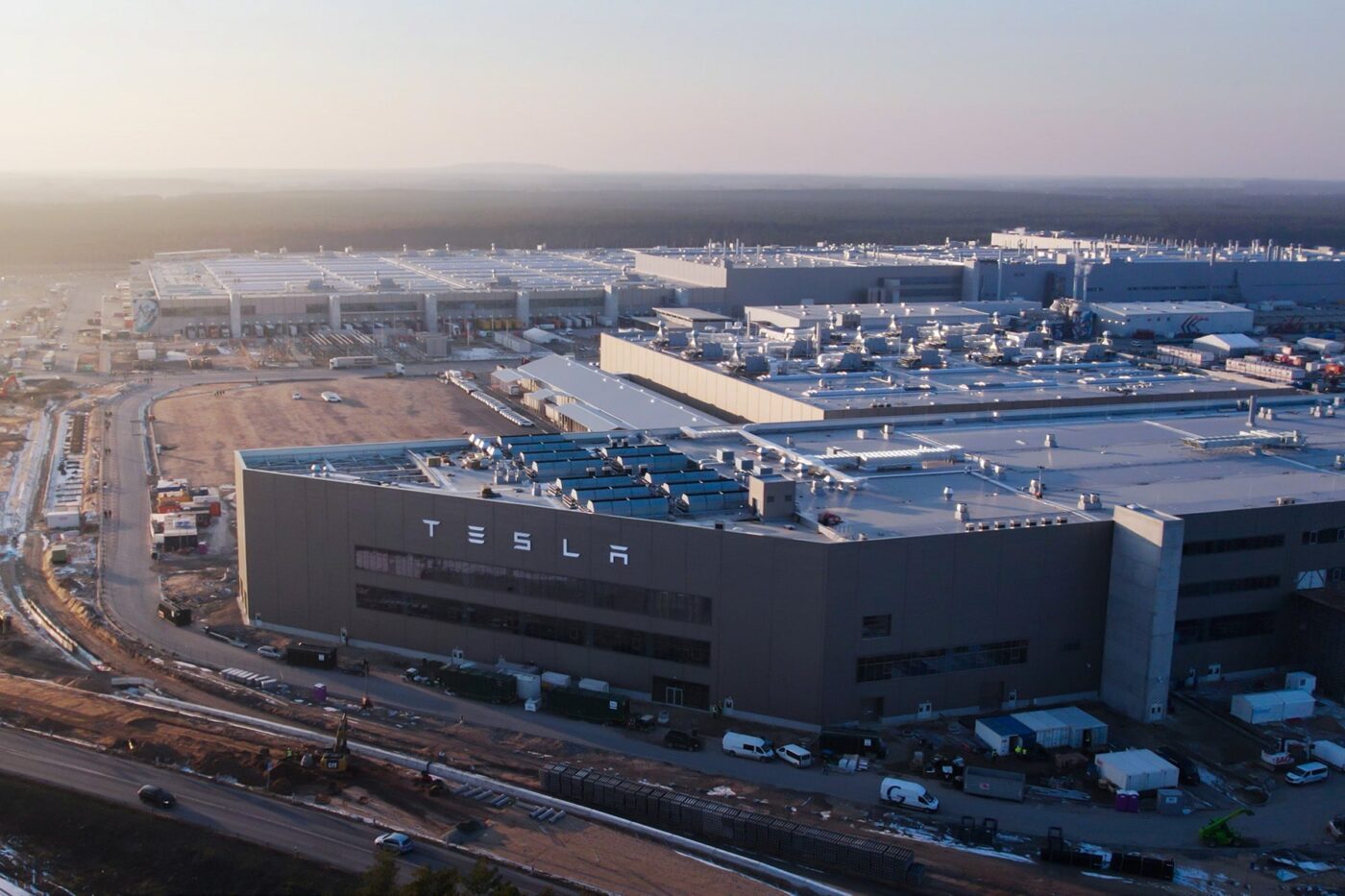Wayve, a British champion in driverless car technology, is gearing up to introduce its autonomous vehicles to the streets of San Francisco, aiming to rival US tech giants such as Tesla and Waymo on their home turf.
The self-driving car company, which recently secured over $1 billion for its technology, is making preparations to deploy its fleet in the US. Wayve is in the process of hiring staff to manage its test drivers and safety operators as it lays the groundwork for its US operations.
A spokesperson for Wayve confirmed the company’s plans, stating, “We will be doing data collection in the US to prepare for Level 2 ADAS [advanced driver assistance system] testing in the future.” At Level 2 autonomy, the vehicles require a human driver to be ready to take control but can operate hands-free in many situations.
Wayve, led by CEO Alex Kendall, has conducted trials of its technology on UK roads, using modified Jaguar i-Pace electric cars with a safety driver. The company aims to sell its self-driving software to automakers and eventually offer technology that does not require human intervention.
While several driverless car companies, including Waymo and Cruise, have been testing autonomous vehicles on US roads for years, Wayve’s US expansion represents a significant move for a British startup challenging Silicon Valley giants. Waymo, a subsidiary of Alphabet, has faced setbacks in its domestic expansion due to accidents involving its vehicles, prompting investigations by US regulators.
In May, Wayve announced a landmark investment of over $1 billion from investors including SoftBank, Microsoft, and Nvidia, with plans to use the funding to expand internationally. The company also advocated for the passage of the Automated Vehicles Bill in the UK, which aims to facilitate the introduction of advanced self-driving car technology without human intervention.
Wayve’s foray into the US market signifies its ambition to compete with established players in the autonomous driving industry and underscores the growing importance of self-driving technology in the future of transportation.

